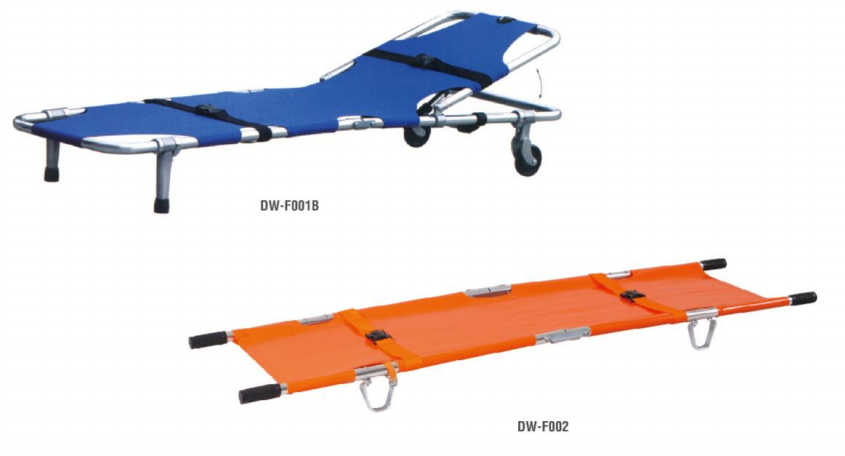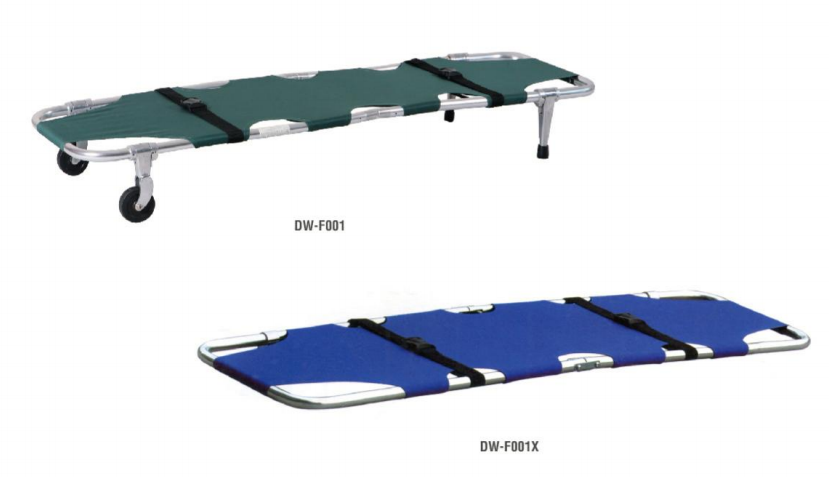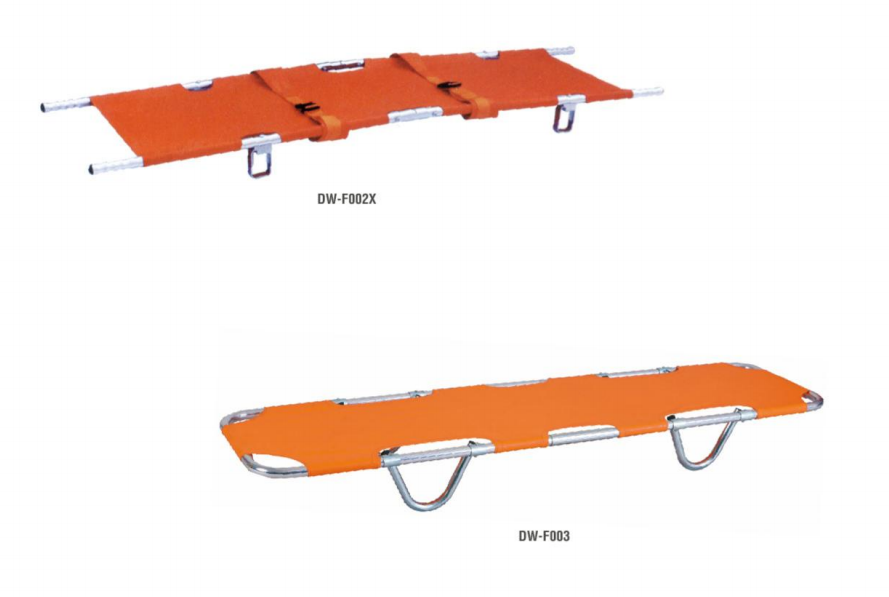Lightweight medical stretchers have quietly reshaped what first responders carry into the field. These slim frames, often woven from carbon fiber or bolted together with high-strength aluminum, shrug off the steel bulk of yesterday's gear. Because of that blend of low weight and tough durability, one paramedic can lift the whole unit with one hand while texting for backup with the other.
Good design never stops at the materials list. Ergonomic handles slide up or down in a heartbeat, and quick-release clamps let two people break down the gear faster than most folks can shout Whoa! Some makers even sneak wheels behind the back rail, turning a hand-carry stretcher into a sort of rolling suitcase that folds flat for cramped helicopter bays or crowded rescue trucks.
Speed matters when sirens wail, and every ounce you save shaves seconds off a rescue. Narrow hallways, winding staircases, and rut-pocked country roads feel smaller, but a lightweight stretcher still threads through them. Patients also win; the stiffer chassis soaks up bumps and jolts, letting them ride in something closer to calm than chaos.
Lightweight stretcher frames do more than trim the bulk; they help the planet, too. Makers often use recycled metals and composites, which cuts down on fresh resources and landfill waste. Because the gear weighs less, ambulances and trucks sip less fuel on the road and leave a smaller cloud of exhaust behind. Put all that together-function, savings, and climate know-how-and you see why first responders swear by these slim, green stretchers.


